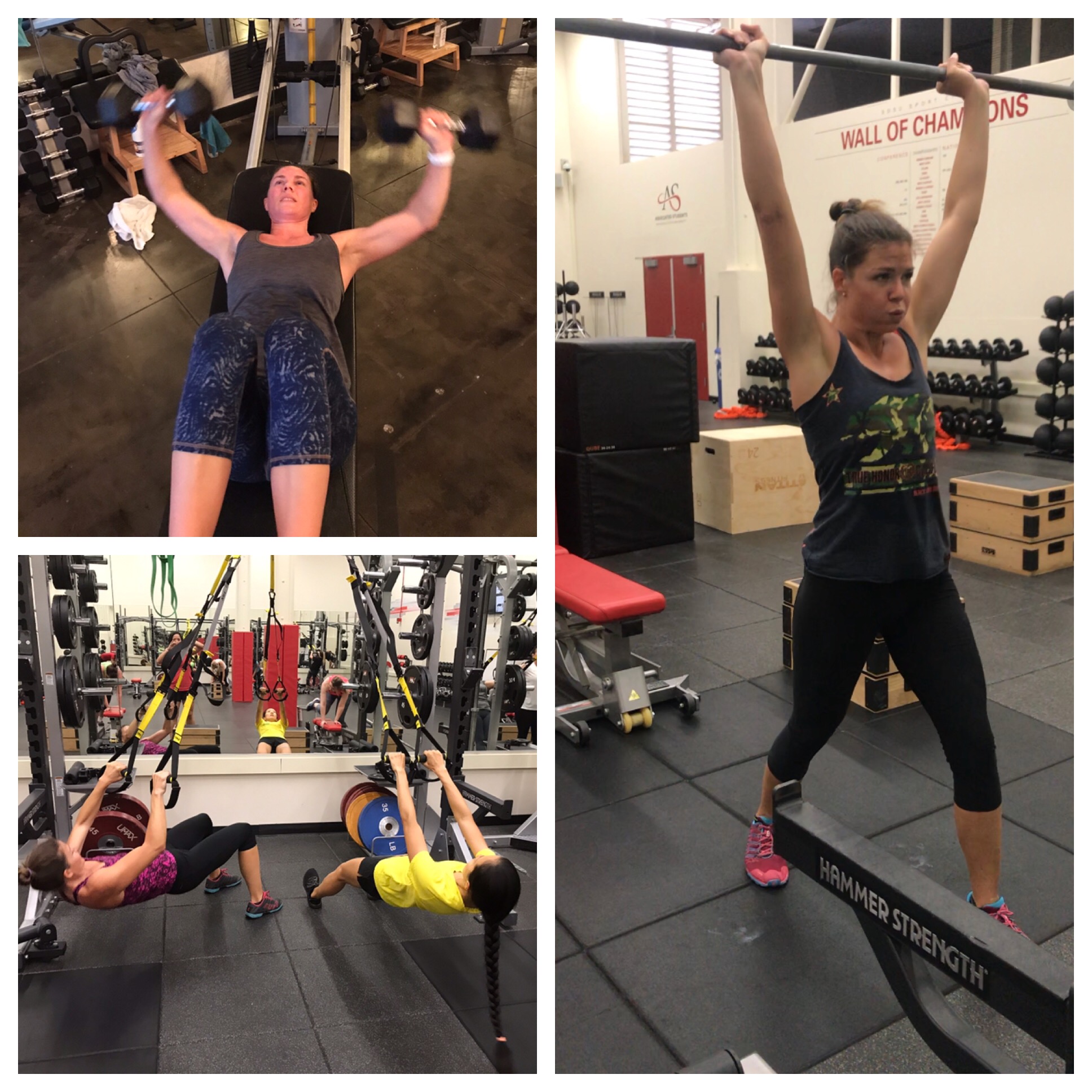Many women, when given the choice, prefer cardio over weightlifting. This past year has been eye-opening for me as I’ve introduced more strength training techniques to my female clients. What has come as a shock to me is what women perceive they cannot do and their rationale for not being able to do so.
I hear pushback like this:
“I am not strong enough to chest press.” “Front squats and push-ups are harder for women’s wrists.”
Men vs. Women: The Myth of the Physiological Disadvantage
The first eye-opener was the realization that some of my female clients actually believe that they can’t do things because they’re women. “I can’t do pull-ups because I’m a woman,” said a recent client. Some women have expressed with absolute certainty that they cannot do pull-ups or push-ups due to the physiological limitations of their gender.
“Men use barbells and kettlebells, but as a woman, I’ll get too bulky.” The second eye-opener was that many women feel that they cannot use certain equipment because it’s what men use, and therefore, they will get too muscular.
When I ask women what strength training exercises they CAN do, I often hear single-joint movements targeting smaller muscle groups like, bicep curls and tricep kickbacks.
Dispelling the Myth

My mission became about introducing women to new equipment to improve their ADLs (activities of daily living), helping them discover that they are stronger than they know, and building a community of women who encourage each other.
I began leading a small group, semi-private class in a space with a variety of “masculine” equipment: dumbbells, barbells, kettlebells, hex bars, suspension straps, the list goes on.
In terms of programming, we break the session up into four parts:
- Dynamic warm-up: approximately 6-7 minutes of movements that prime the kinetic chain. Walking lunges, plank-down-dog, deep squats with twists, and some cardio to finish.
- Muscular Strength- 12-15 minutes focusing on compound exercises like squats or deadlifts. I stress that sets and reps are short, for example, 3 sets of 8 reps, and recovery should be needed between sets.
- Muscular Endurance- 10-20 minutes of Interval and High-Intensity Interval Training (HIIT) protocols such as: AMRAP, EMOM, Pyramids, and circuits.
- Cool down with stretching- 5-7 minutes at the end to bring the heart rate down. Child’s posture and supine torso twists are my favorite post exercise, recovery activities.
Somewhere between the Strength and Endurance rounds, I include a partner activity such as: Russian Twist Medicine Ball Toss, to foster the “women building each other up” community.
Six months ago a client said, “I can’t squat with weights,” to which I replied, “not YET.” She began squatting with suspension straps. Then, progressed to air squats, suitcase squats, and recently 45lb barbell back squats.
Clients begin to see, in themselves, that they are capable. They also come to realize that by using weights to do something as simple as a weighted carry, they are mimicking their ADLs rather than developing a masculine physique as they feared they would.
This is a testament that women can do the same exercises, and use the same equipment that men do and use.
[info type=”facebook”]Join the conversation and stay in the know with NFPT on Facebook.[/info]
Theresa Perales has an MA in Spanish, and is an ESL teacher at San Diego State University (SDSU). After years of struggling with her weight, she decided to give exercise a try. A passion for health and fitness grew instantly and inspired her to become certified as a personal trainer with NFPT, and as a group fitness instructor with AFAA Group Fitness and Madd Dog Athletics® Spinning. Theresa believes that nutrition and fitness are not about aesthetics but ultimately about feeling healthy and empowered.


